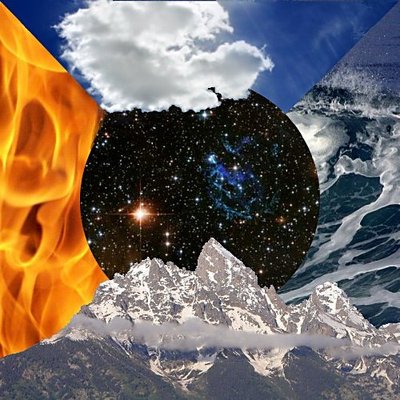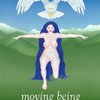
Jong da ched pa
Moving Meditation
Class
UK In-person only
Jong-dar chèd pa is the overall term used for the physical practices of the Aro tradition.
There are is wide range of styles of these moving meditations within our tradition with exercises suitable for all levels of fitness and stamina. They function as a support to the primary meditation practice of silent sitting. They are also valuable as exercise, increasing fitness and flexibility and for the effect they have on our energy. People often experience a sense of joy and vitality. These exercises work on the psychophysical body and can lead to freedom from habitual patterning and conditioning and a relaxation of constricted energy.
Standing meditation – a series of 8 postures which are held in sequence for a short time or for many minutes.
Ying‘khor (pronounced ying core) – There are 25 Ying’khor exercises which involve subtle movement in a standing position. Some include visualisation of coloured light energy synchronised with the breath. .
sKu-mNyé (pronounced Kum nye) in the Aro tradition is a system of 111 repetitive physical exercises which massage the spatial nerves of the subtle, energetic body – giving rise to extraordinary sensations. In these unusual sensations it is possible to find the presence of non-dual awareness—rigpa—momentary enlightenment.
The exercises are entirely unlike any other system of movement or exercise. They range from gentle to exceedingly difficult. Some can be performed by almost everyone.
From the martial arts teachings of Ling Gésar, there is another series of 25 exercises – the Gésar sPrul’khor (pronounced trul core) and a sword form. These are usually taught to students who have made progress in some of the other forms of Jong-dar ched pa or who have experience in other martial arts.
Tuesday 8th November 8:30pm to 9:30pm
Date
Location
UK In-person only
The Tabernacle
35 Powis Square, off Portobello Road, London W11 2AY
London, London, UK
Pricing
£10
Contact details
Ngakma Sang-gye
Tel: 07552576121
Email: info@tibetantherapies.com
Languages
This event will be taught in the following languages:
- English





